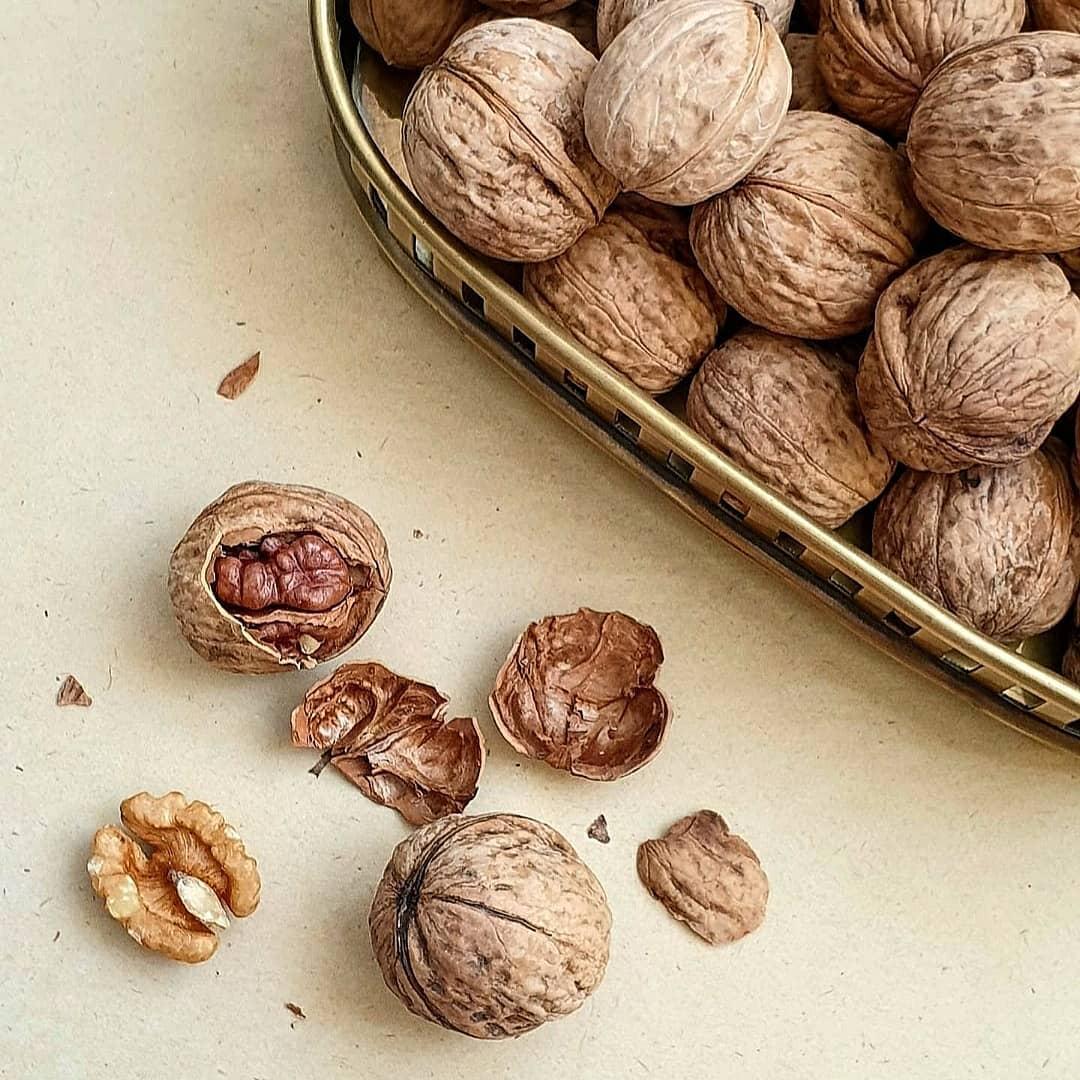The duration of walnut storage is directly proportional to compliance with the rules for harvesting, peeling, and drying the walnut. An equally important factor is storage conditions. During storage, humidity and temperature in the room should be controlled, and ventilation and air circulation should be provided.
It is far from always possible to observe ideal storage conditions for walnuts, especially at home. Therefore, small farms and businesses that buy walnuts from private farms should understand how the quality of walnuts changes over time.
The main mass of walnuts is stored without a change in quality until February. Around this time, a dried walnut appears on the market. An overdried walnut is brittle, which makes it difficult to process and obtain a whole kernel.
The walnut becomes overdried mostly due to the storage of the walnut in a too-dry room. A walnut that has been dried to optimal moisture dries, even more, every day, as a result of which it excessively loses moisture.
What to do with dried brittle walnut?
With large volumes, it is impossible to increase the moisture content of the nut. Therefore, all actions are aimed at maintaining the profitability of processing. Enterprises automate the processing process as much as possible. Since it is difficult to obtain a whole kernel from an overdried brittle walnut, and manual labor is expensive, the walnut is cracked as much as possible in nutcrackers and breakers and sent for sorting on vibrating screens and aspiration, avoiding manual labor. That is, having large volumes of dried walnuts, entrepreneurs start working "on volumes".
In small farms, the method of "soaking" the walnut before cracking is often used. Soaking in water increases the moisture content of the walnut, reduces brittleness, and increases elasticity. This method is justified only if the rule is followed - soak the walnut immediately before cracking, and immediately dry the kernel after cracking. A walnut that has been in the water for a long time and a kernel that has not been dried immediately after cracking will spoil quickly. It can become moldy or start to rot.
It is important to store the walnut in conditions as close to ideal as possible. This is the only way the walnut will be stored for as long as possible without loss of quality. If you come across an overdried brittle walnut, you need to work "on volume". It is difficult to get a whole kernel, even with careful manual cracking, because the walnut crumbles right in the hands. In this case, manual cracking becomes unprofitable - labor costs remain high, and earnings from the sale of small kernel fractions are minimal. In this case, the equipment will help - thanks to its high productivity, it increases the amount of processing and, accordingly, the profit.
